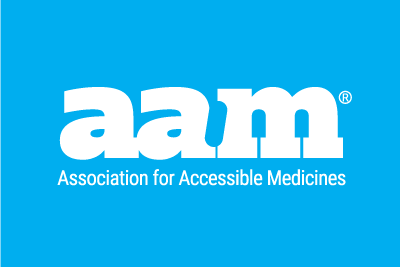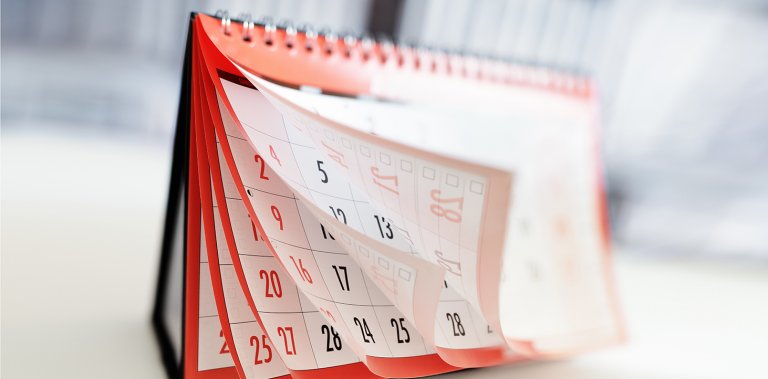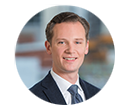New report provides further evidence of patent abuse
Our pharmaceutical industry in the United States is predicated on a balance between innovation and access. Brand pharmaceutical companies are rewarded for inventing and developing new treatments and cures that improve the quality of life for everyone. In return for the innovation, current law provides brand pharmaceutical companies with 12 years of guaranteed market exclusivity (monopoly) for biologics and 20 years for each patent. There is also extra monopoly time to incentivize pediatric drug development and orphan drugs. During the period of patent and marketing exclusivity, brand drugs are priced and sold free from competition.
Generic manufacturers, and the newly developing biosimilars market, are then provided an opportunity to make the same medicine once the exclusivity period expires and the drug is off-patent. Once competition enters the market, the price of medicine reduces significantly and patients benefit with increased access to more affordable, FDA-approved drugs. Experience shows prescription drug costs decline by more than 60 percent after 12 months of generics entering the market.
We are, however, increasingly seeing evidence of how the patent system is being used to tip the balance and delay patient access to a point well beyond what Congress intended. In a recent report from I-MAK, the top 12 brand drugs on the market last year are protected by a total of 848 patents (71 per drug) providing an average of 38 years without generic competition. A few examples from the report:
- The world’s top-selling brand drug, Humira, treats arthritis and other chronic conditions. On the market since 2002, 132 patents block competition for up to 39 years.
- One of the most prescribed cancer treatments, Revlimid, was approved by the FDA in 2005. The patent thicket consists of 96 patents providing potentially 40 years without competition.
- Diabetes patients who rely on the insulin treatment, Lantus, may not see a generic alternative for 37 years due to the 49 patents issued.
There is no question that several of these patents represent true innovation. New patient populations benefit from the same drug being used to treat a different condition, for example. But the expansive use of the patent system to build barriers to generic and biosimilar competition results in patients paying higher drug prices for longer.
What can be done to curtail abuse of the patent system? We must safeguard IPR, and consider expanding its ability to weed out non-innovative patents. In addition, AAM recently submitted 42 recommendations in response to the HHS Blueprint to Lower Drug Prices to help further restore the balance between innovation and access. Congress also has an opportunity and should examine ways to strengthen the patent laws to increase patient access while continuing to reward true innovation.
Secretary Alex Azar recently noted, “Congress rewarded brand pharmaceutical companies with a set period for monopoly patent protection and, upon expiration of that time period, competition should begin.” We agree. Addressing abuse of the patent system must be front-and-center if we are effectively going to reduce drug prices for patients.
Share Your Voice
Tell Congress to protect access to your safe, affordable generic and biosimilar medicines.
By Erik Komendant, AAM Vice President, Federal Affairs




